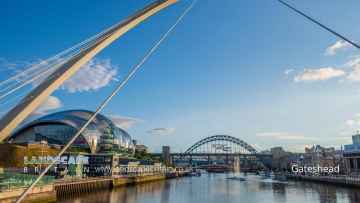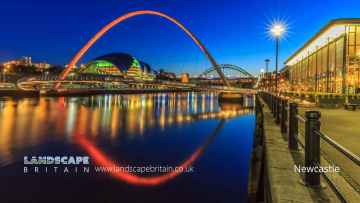Sunderland
Sunderland is a Town in the county of Tyne and Wear.
Sunderland postcode: SR4 7
There are great places to visit near Sunderland including some great towns, shopping centres, cities and airports.
The area around Sunderland's best towns can be found at Gateshead.
There are a several good shopping centres in the Sunderland area like Metrocentre, and Eldon Square.
Cities to visit near Sunderland include Newcastle.
Don't miss Newcastle International Airport's airports if visiting the area around Sunderland.
Sunderland History
There are some historic monuments around Sunderland:
Areas of Sunderland
Like most towns and cities Sunderland is comprised of a number of areas, once separate villages or small towns and parishes now part of Sunderland.
Many of the areas of Sunderland have their own character and places of interest.
Places to see near Sunderland
History of Sunderland
Recorded settlements at the mouth of the Wear date to 674, when an Anglo-Saxon nobleman, Benedict Biscop, granted land by King Ecgfrith of Northumbria, founded the Wearmouth-Jarrow (St. Peter’s) monastery on the north bank of the river - an area that became known as Monkwearmouth. Biscop’s monastery was the first built of stone in Northumbria. He employed glaziers from France and in doing so he re-established glass making in Britain. In 686 the community was taken over by Ceolfrid, and Wearmouth-Jarrow became a major centre of learning and knowledge in Anglo-Saxon England with a library of around 300 volumes. The Codex Amiatinus, described by White as the ‘finest book in the world’, was created at the monastery and was likely worked on by Bede, who was born at Wearmouth in 673. This is one of the oldest monasteries still standing in England. While at the monastery, Bede completed the Historia ecclesiastica gentis Anglorum (The Ecclesiastical History of the English People) in 731, a feat which earned him the title The father of English history. In the late 8th century, the Vikings raided the coast, and by the middle of the 9th century, the monastery had been abandoned. Lands on the south side of the river were granted to the Bishop of Durham by Athelstan of England in 930; these became known as Bishopwearmouth and included settlements such as Ryhope which fall within the modern boundary of Sunderland.








